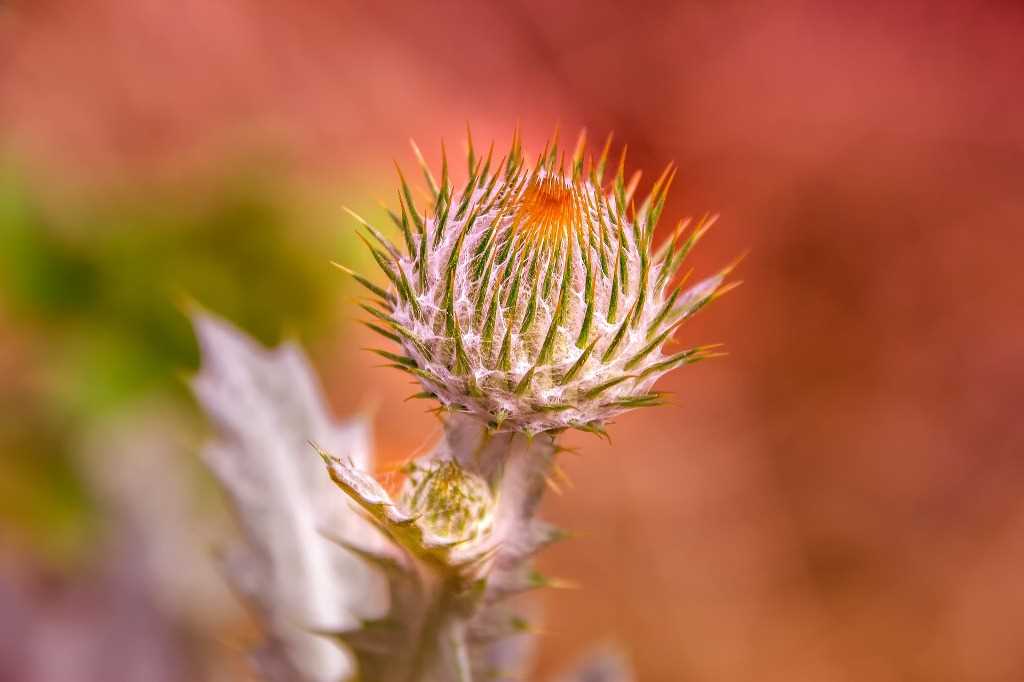In this article we will discuss the purpose of spines in plants and what could be the correlations with climate and also other external agents that would have led evolution in that direction. The birth of this article refers to a discussion that took place on our telegram group in which we wondered what was the purpose of spines in plants and what were the possible causes or correlations with the environment.
Thorns as defense from animals
Thorns, and in general all thorny structures, serve living things (including plants) to defend themselves from threats. The main threat to plants is undoubtedly represented by insects. If we take a close look at plants where there is a very dense presence of thorns, we immediately realize that these types of structures make it difficult for insects to penetrate the soft and vulnerable parts of the plant.
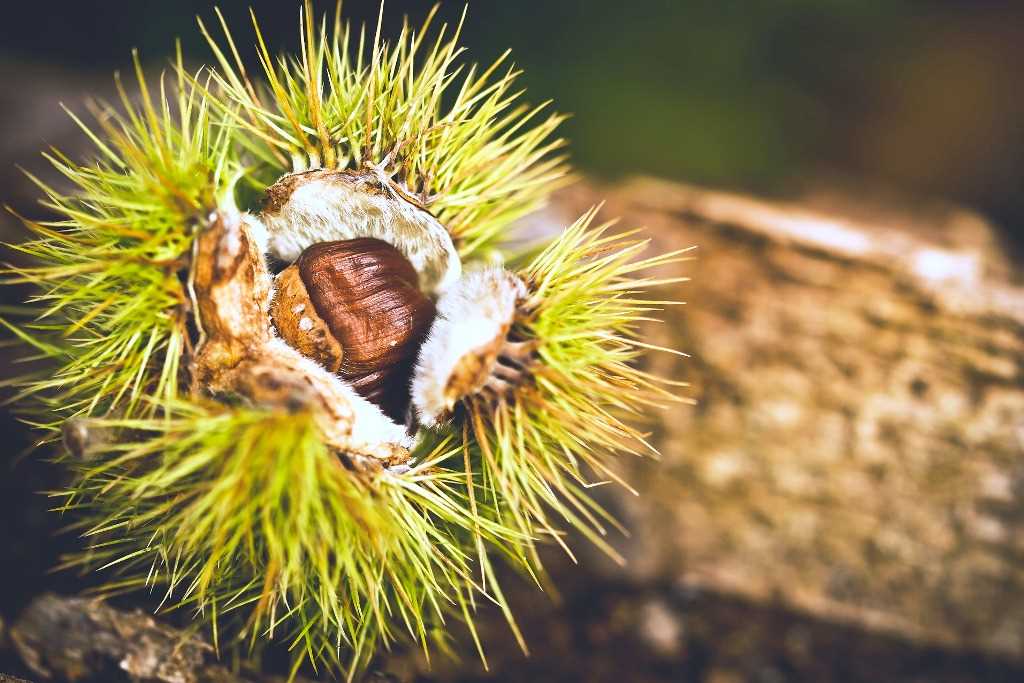
When the thorns are sparser and stronger, they could contribute, together with a mechanism of toxicity, to make the plant more indigestible to herbivores which, however, equip themselves accordingly. In fact, evolution is like a chess game that offers a countermove for each move. Independently from the vision that we can have of the ecosystem, all living beings, with the due times, try to carry on their own species in a more or less conscious way, facing the difficulties to which the environment in which they live exposes them.
A clear example of this is the tardigrade which is famous for its ability to adapt itself to live in the most extreme conditions. This animal is endowed with particular capacities which we will probably discuss in another article.
There are many cases in which thorns are formed in those plants that generate fruits or blooms of remarkable size if compared to the overall size. We could take for example the rose, the chayote and also the most common zucchini. Since flowering and fruits require a lot of energy, especially in an organism of limited size, there is the need to protect itself from animals that could eat the leaves necessary for growth and ripening.
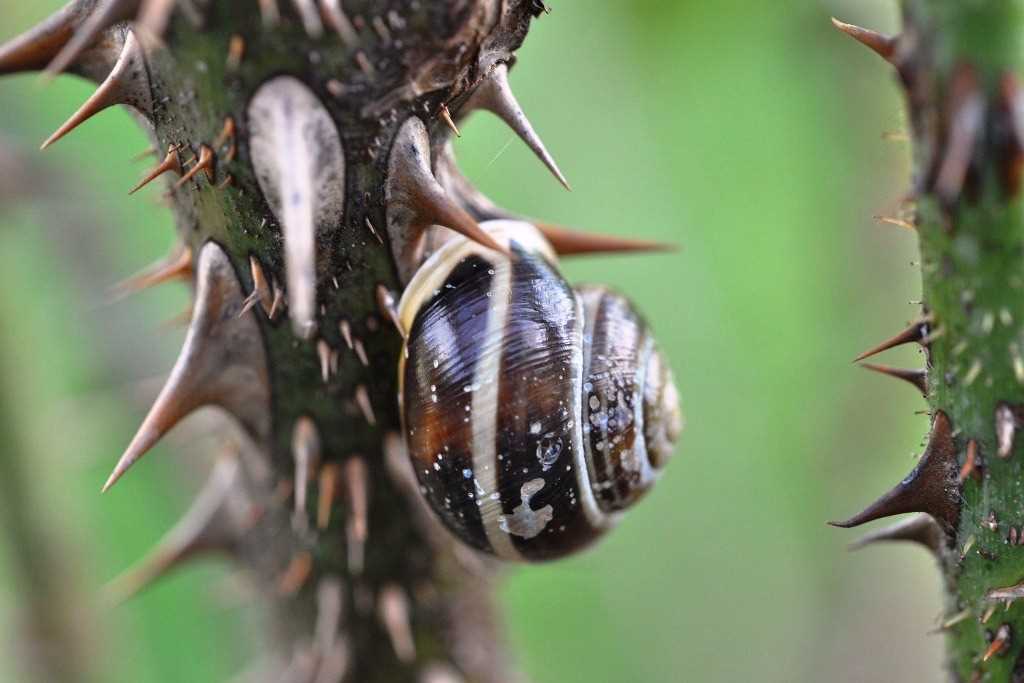
Thorns as defense against atmospheric agents
It has been noted that thorns also play an important role in the thermoregulation of the plant. In fact, there are desert areas where succulent plants can resist very high temperatures during the day and very cold temperatures at night. This mechanism is possible because the spines of plants (and more generally the vast majority of the elements that make up multicellular organisms) have multiple purposes.
Conifers have very elastic needle-like structures in place of leaves that help them bear the weight of snow by providing the proper surface. A fatty substance on the surface facilitates the flow of water, decreases the adhesive capacity of the ice and protects the internal parts from the cold. In order to avoid the disadvantage due to the lower capacity of absorption (of sun rays and gases) due to the particular conformation, these structures remain green all year round thus doubling their effectiveness.
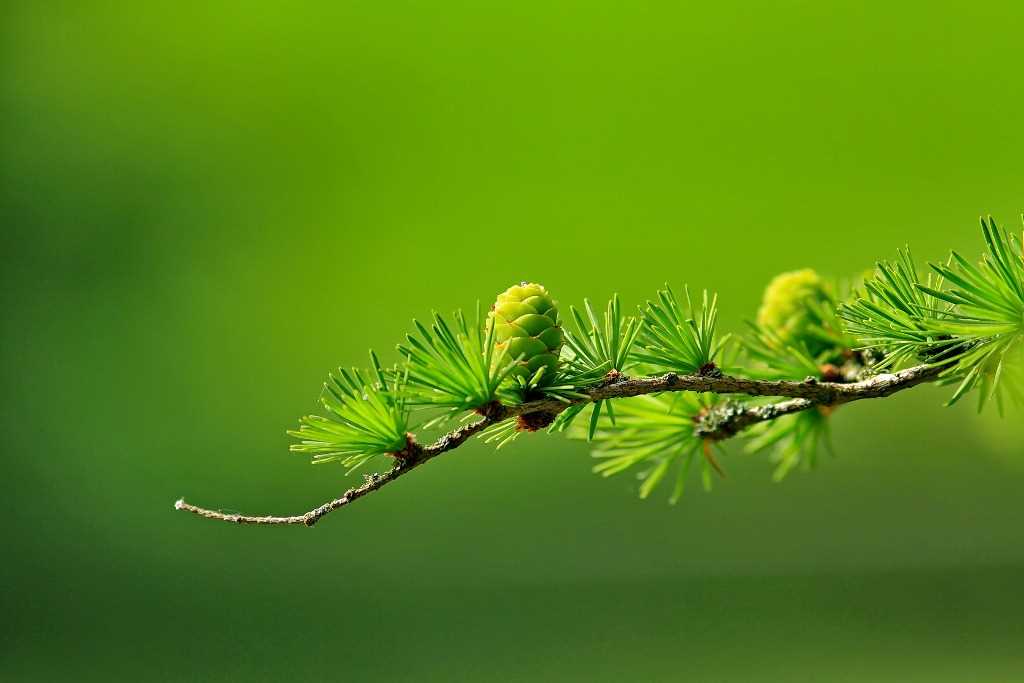
The spines present in desert cacti are relieved from the function of absorbing gases and solar rays because during the day there is a more than sufficient quantity of the latter. On the contrary, besides protecting the plant from possible predators greedy of its water rich soft parts, thorns harness dew drops on their rougher surface in order to allow the plant to enjoy the right amount of humidity. The wind of the deserts often brings hairs and straws with it that get stuck providing a sort of coat that allows the plant to withstand the extreme temperatures of the night.

The various types of thorns in plants
As any of us can easily imagine, not all naturally occurring thorns in plants have the same form and function. These change according to what I like to imagine as a random evolutionary process that has given reason to the entity whose aberrations have favored their existence and reproduction. Nature in fact offers us an extraordinary variety.
Darts are a type of spiny structure very active from a metabolic point of view that forms on the bark. An example we can appreciate it on some berries and roses.

Leaf thorns which are basically an adaptation of the leaf in which the lateral edge lignifies usually forming pointed outgrowths. Although aesthetics is not the purpose of this kind of adaptation, I personally find them very beautiful. In this case we note that the leaf retains its primary role.
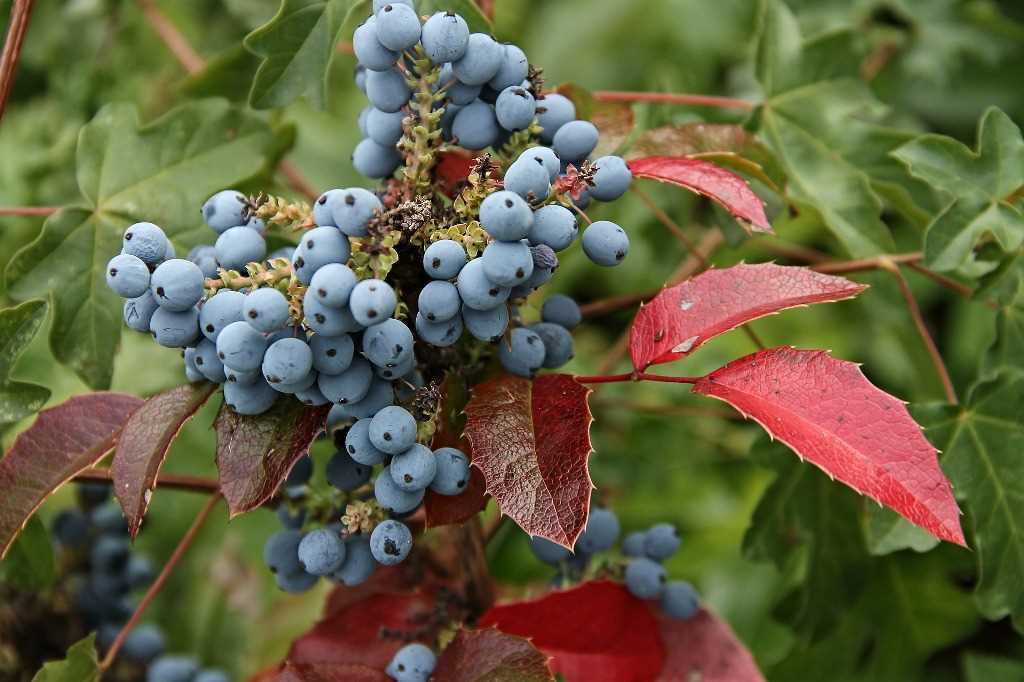
Spines from stipules generally form in the youngest branches that support the leaves. The stipules are determined by the area of contact between the base of the leaf and the leaf itself. This element can turn into a leaf or into spines. We can observe an example in the acacia where they take on a very sharp shape.

The cauline thorns we can appreciate in the very famous hawthorn and whose main function is undoubtedly to protect the plant from hungry animals. They are basically buds that lignify and mutate with a process of lignification.

A curious evolution of nature is represented by a type of thorns that take the name of thorny roots. This is a type of mutation that is as fascinating as it is cryptic. At a certain point, these roots stop their growth and mutate into thorns. The hypothesis currently most credited on the function of this kind of spines would be that they have a function of ventilation.

In the course of time, human beings have modified the natural evolution of plants by creating species more convenient to exploit. In fact, species that have been cultivated or genetically modified to develop without thorns are not uncommon. This short article ends here. Feel free to leave a comment to witness your passage and to discuss the elements I have just finished exposing.
